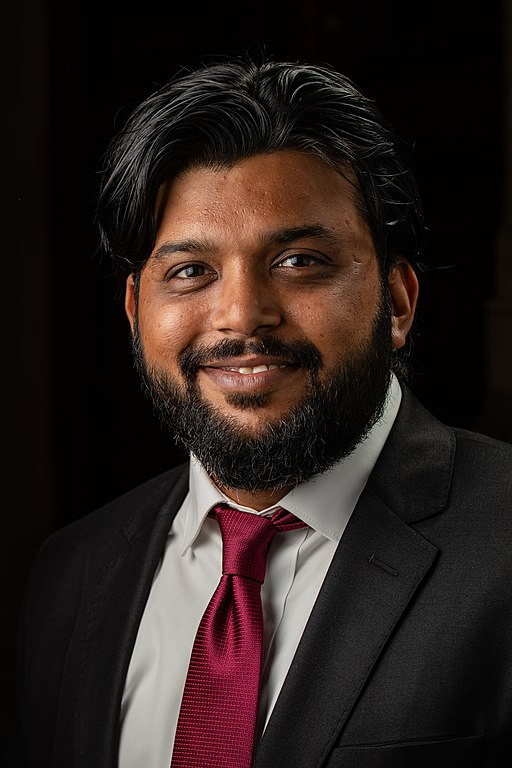Danish Siddiqui was no stranger to dangerous situations, having captured images of the Rohingya refugees fleeing Myanmar that garnered a team Pulitzer Prize in 2018. He put himself in harm's way during the tensions between the Hindu majority and Muslim minority in Delhi and again during the pandemic. His images of funeral piers in India were in stark contrast to the government's statements that the COVID response was well in hand.
There are still questions remaining about his death and if the decision to leave him embedded with Afghan special forces was properly vetted, but the loss to unapologetic photojournalism is still profound. According to the Committee to Protect Journalists, 1,411 journalists have died doing their job since 1992, 557 of those are within the last ten years.
According to Major-General Haibatullah Alizai, in command of Afghan special forces at the time, Siddiqui and two other commandos were left behind during heavy fighting to retake Spin Boldak on July 16 and were subsequently killed by Taliban fighters.
Not many are called to be conflict reporters, and fewer still can maintain the life, but without them, we wouldn't have the unfiltered look into war and the heavy toll it takes. Regardless of your thoughts on Afghanistan, take a moment to remember those that put their life on the line to document conflicts and that photography remains as one of the most impactful tools for storytelling in the 21st century.

Danish Siddiqui at the 2018 Pulitzer Prizes awards ceremony
In his 2020 TED Talk Siddiqui said: “My role is as a mirror, and I want to expose you to the raw truth and make you a witness to it... You can look away or stand up and act for change.”
Portrait by Andrew Lih, licensed under the Creative Commons Attribution International license.
Map by Sommerkom, licensed under the Creative Commons Attribution Unported license.







RIP. We thank you for your bravery in telling the Afghan's story.
RIP Brother
RIP, Thank for trying to Document Afghanistan.the Bravery is beyond words.
Deep Respect ! RIP Brother.